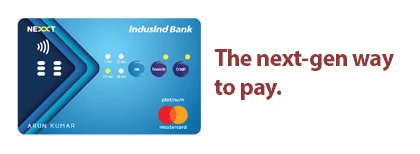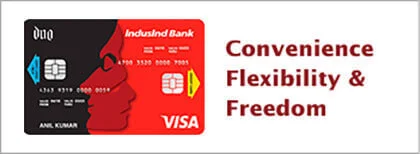Environmental and Social Risk Management
To ascertain the Physical & Transitional risks arising out of the ESG variables, all high risk projects/ entities are assessed by the business units and are reviewed/recommended by the unit for onward approval by ESMS Committee members, prior to final Credit approvals. Review of ESG risk is also performed along with the credit risk before the credit approval. The sustainability unit provides suitable recommendations to ESMS committee and clients for improving ESG Risk profile.
Environment & Social Management System (ESMS)
Bank has adopted ESMS Policy which incorporates Responsible Banking standards to mitigate the Environmental & Social (E&S) risks arising out of its lending activities. The primary objective of ESMS policy is to mainstream E & S considerations into business activities and safeguard Bank’s portfolio from risks arising out of E & S linked variables.
General E&S standards for Bank’s portfolio are as under:
- The Bank expects as a minimum requirement that its clients meet all pertinent E&S laws and regulations
- Clients are required to obtain all applicable licenses and permits for all of their business operations
- Also, clients are expected to consider implementing best in class practices for managing E&S related impact of their business activities
As per the ESMS policy of the Bank, it is mandatory for every proposal to clear the exclusion list to ensure that Bank does not provide any facility for projects/ activities which are likely to have unacceptable negative impacts on the environment and/or social conditions. The exclusion criteria is as mentioned below:
- Production or trade in any product or activity deemed illegal
- Production or trade in substances which are internationally banned, including but not limited to wild life products, products regulated under CITES, illegal narcotics, among others
- Gambling, casinos and equivalent enterprises
- Production or trade in products involving forced labour or harmful child labour
- Businesses owning factories or workplaces that have inadequate safety mechanism when dealing with known industrial carcinogens.
- Businesses with a substantial stake in the porn industry
- Production or trade in explosives and/or fireworks primarily meant for non-industrial use
- Production or trade in tobacco or any of its derivate products including but not limited to
- Cigarettes, Gutka etc. (Except companies trying to diversify their business with more than 50% revenue from non-tobacco business streams)
Bank has classified certain industries which have higher inherent negative environmental and/or social impact as Severe and Moderate Impact Industries while the rest have been classified under ‘Others’. Once the proposal passes through the exclusion list, it is categorized under one of these categories. This classification further plays a significant role in determining and evaluating E&S risk of the client. Clients from ‘Others’ industries are categorized as High, Medium or Low risk through risk evaluation and scoring matrix.
All proposals from ‘Severe’ and ‘Moderate’ impact industries (as identified by IndusInd Bank) are categorized as High Risk or Medium Risk basis the risk evaluation and scoring matrix and are scrutinized more closely by the E&S Risk team and approval from ESMS Committee.
To ensure the mainstreaming and implementation of the policy, the Bank has an ESMS Committee which comprises of senior representatives from the Business, Risk, Portfolio management and Sustainability teams. The Committee evaluates reports submitted by E&S risk team on portfolio coverage and the progress achieved on E&S risk assessment.
Integration of ESMS process with Credit appraisal system:
During the year bank has successfully implemented the integration of ESMS process with Credit appraisal system, which ensures ESG assessment and compliance mandatory before credit sanction and been made pre sanction requisite. Every customer is on boarded only after Exclusion list process is completed and compliant. These clients are further scrutinized by way of custom made, segment specific checklists to analyse their existing company policy, framework, process in mitigating the harmful effects. Sustainable Banking team, if required, also engage with external rating agency for enhanced ESG due diligence to specially assess high ESG risk cases.



